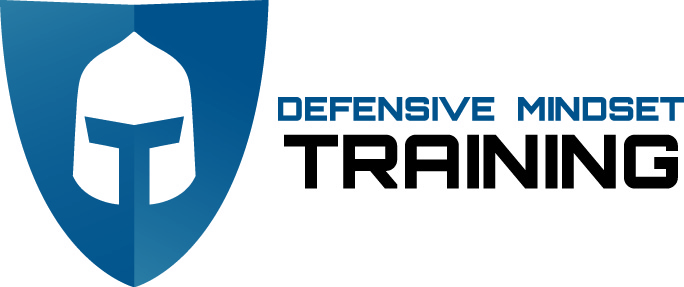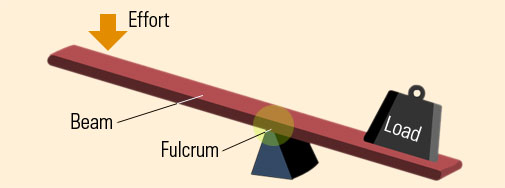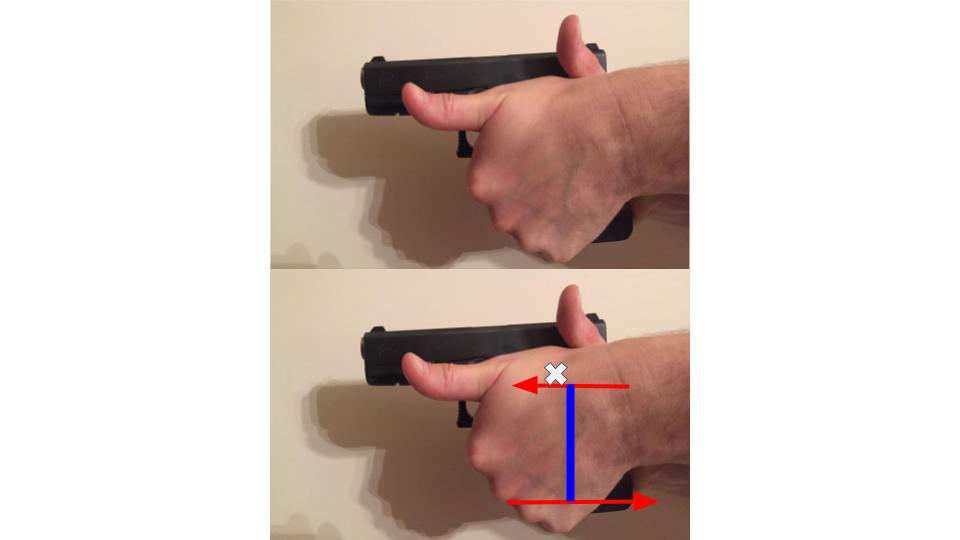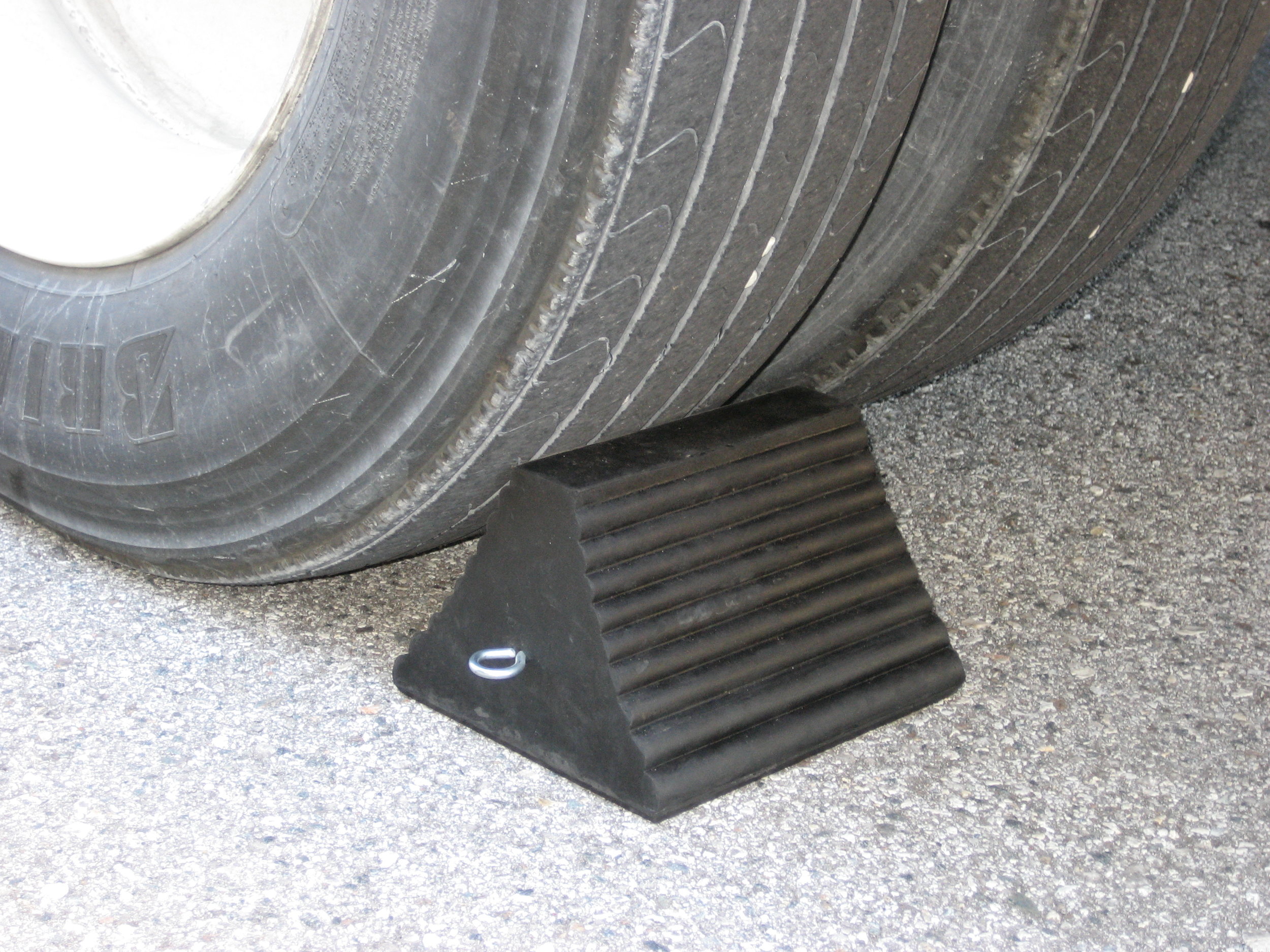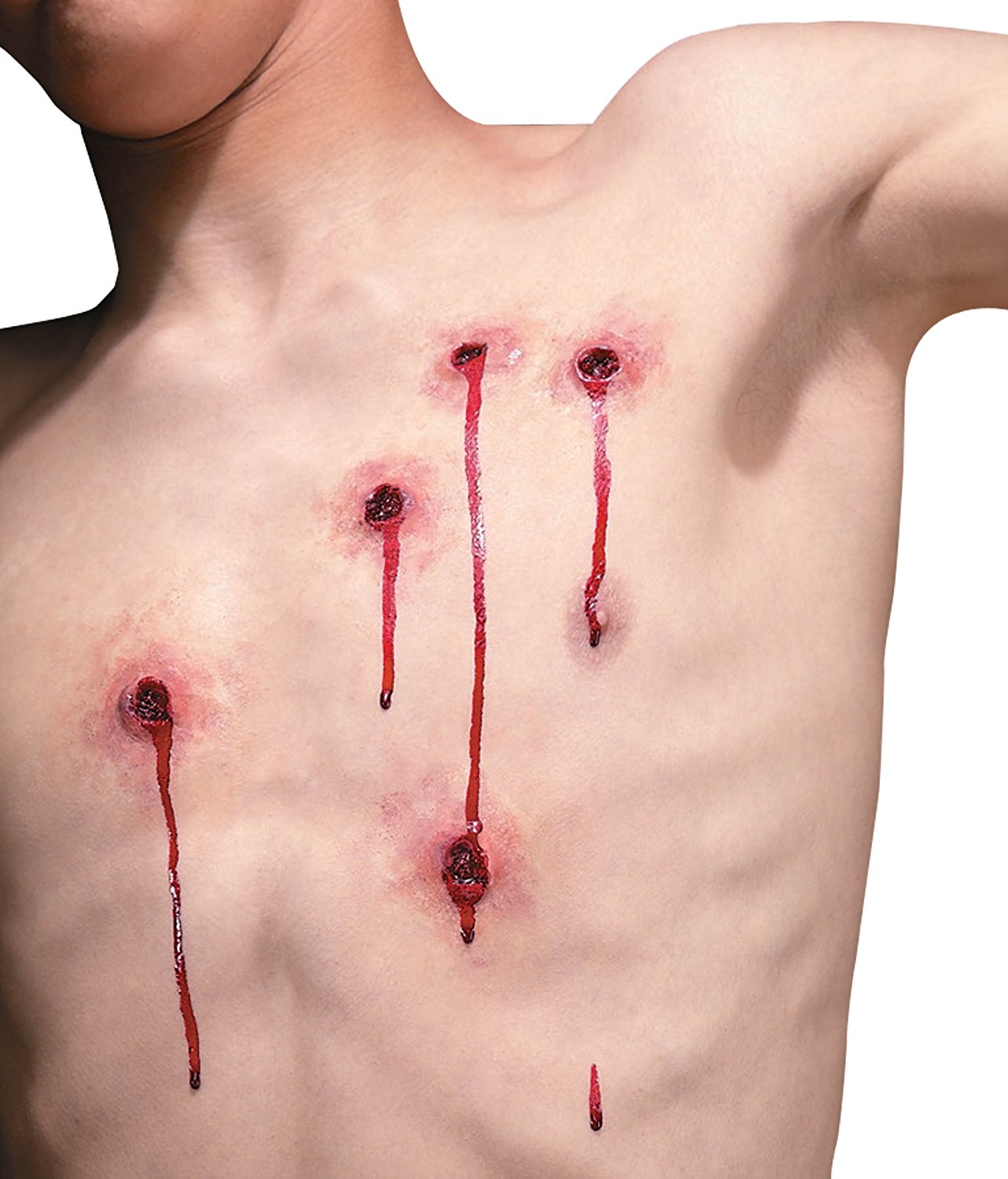If you've got a friend that's solid with their firearm, here's three drills you can do together to help grow your concealed carry skills.
Start with the Most Immediate Threat
Citizen Saves LEO
Failure Drill | Handgun Drill of the Week #56
Best Warm Up for Concealed Carry Training - Drill of the Week #55
Chicago Street Robbery
Procedural Memory | Drill of the Week #54
Range Session
Lots of Speed with 1 and 1 Drill | Drill of the Week #53
Grip Makes a Difference - Training Newsletter
I've been told on several occasions by new students that the DMT method of gripping a handgun is, well... unique.
I agree, but the grip makes a pretty significant difference, when you think about it. You see there are lots of different ways that people hang on to a firearm, which each have plusses and minuses. But many firearm grips are missing something key: when you look at how the gun actually moves, the grip does little to help manage recoil.
This newsletter might get a little technical, but stay with me. If you can apply some of this information into your training and technique, you will see a major improvement in recoil management, which will impact how quickly you can get shots on target.
When the firearm goes off, the round is pushed down the barrel of the firearm via the gasses generated in the burning powder. Physics tells us that when something is pushed, there is an equal and opposite "push" in the other direction. So as the bullet comes out of the muzzle at roughly 1100 feet per second, it took a "push" of 355 foot pounds of energy to get that bullet going. And that bullet has to "push" off of something.
The first thing it pushes is the back of the chamber, driving the slide of the handgun backward. That backward drive compresses the recoil spring, which takes up some of that backward energy, but not much. Glock 9mm recoil springs are calibrated to an average of 17 pounds. Once it hits the maximum compression of the slide movement, the firearm will transfer this linear movement into a rotational movement.
For the sake of simple explanation, I'm going to going to label a few parts of this handgun a bit differently than normal. The 'X' on the handgun to the right is what I'll refer to as the Fulcrum Point. A fulcrum is a piece of a simple machine called a lever. The red line running down the handgrip will be our Lever.
When the slide of the handgun hits the length of its movement, it will transfer that linear or straight line energy into a rotational energy, spinning the handgun around the Fulcrum Point. This causes the muzzle of the firearm to rise in the shot, forcing most shooters to bring the firearm down again after each shot to reacquire sights and shoot again. This means slow and painful shooting, or flinging rounds all over the place if you need to shoot fast.
So what to do?
First, understand that with a lever, it's easy to move a large object. It's a simple machine that has been used by humans for thousands of years. It works because you can massively increase your force against a heavy object by using a longer tool to significantly augment your efforts. You can do the same thing with your handgun.
Take a look at the two pictures below. In the left picture, my support hand is vertical on the handgrip. That means when I push and pull with my arms, my handgrip isn't allowing me to maximize the lever but makes it fairly short as noted by the two red lines. In the right picture, my support hand is rotated WAY over. With that rotation I am making the lever much longer, increasing my force against the rotating handgun by a large margin.
Second, note the height of my primary hand on the handgrip. This is another simple tool is called a Chock. The chock inhibits rotation of wheels by presenting a steep vertical barrier for the wheel to climb. With my primary hand pushed deeply into the tang of the handgrip, it acts as a chock, stifling the rotation of the firearm.
Finally, your arms are critical in this recoil management. With a handgun going off in your fingers, there's a tendency to push that firearm entirely way. This is actually a detriment to fast, accurate shooting.
When an arrow is released from a bow, most people think that it zips away in a perfect solid line. That's totally false. The arrow wobbles and bends like a tree in a gale. Take a look.
There are very few substances that can take direct force without this wave of energy rocking through them, and your bones are no exception. When you lock out your primary arm in shooting a handgun, just like this arrow, this wobble, or as DMT calls it "galloping," wave of energy forces the firearm to rise and fall with each shot, slowing your shot speed, spreading your groups, and increasing your amount of felt recoil.
To fix this problem, you need a shock absorber, like the shocks on your car.
We can simulate this same kind of setup by simply bending both elbows slightly (15% bend for primary arm, 10% bend for support arm) and then provide dynamic tension by pushing and pulling with those arms aggressively.
The end result of this physics explanation is pretty self-evident. Click the link to watch:
The DMT handgun grip is distinctly different from what you might learn elsewhere. But it's the most effective method we've found to minimize recoil and help you maintain a quick, accurate shooting speed.
If you'd like a more detailed explanation of how to set up this recoil management position for highly effective shooting, pick up a copy of the Concealed Carry Masters Course video series.
Until next week, train hard and stay safe.
B
